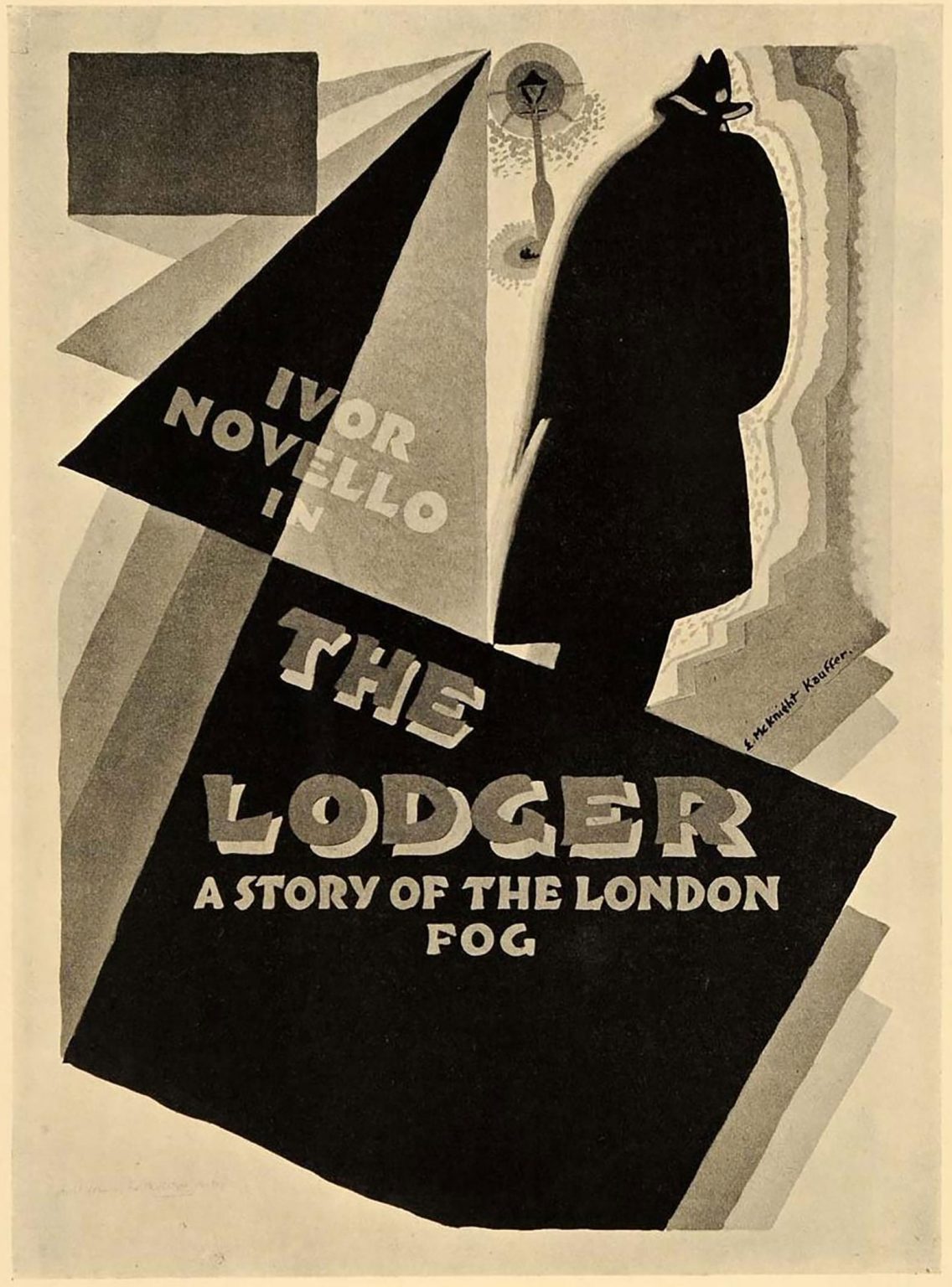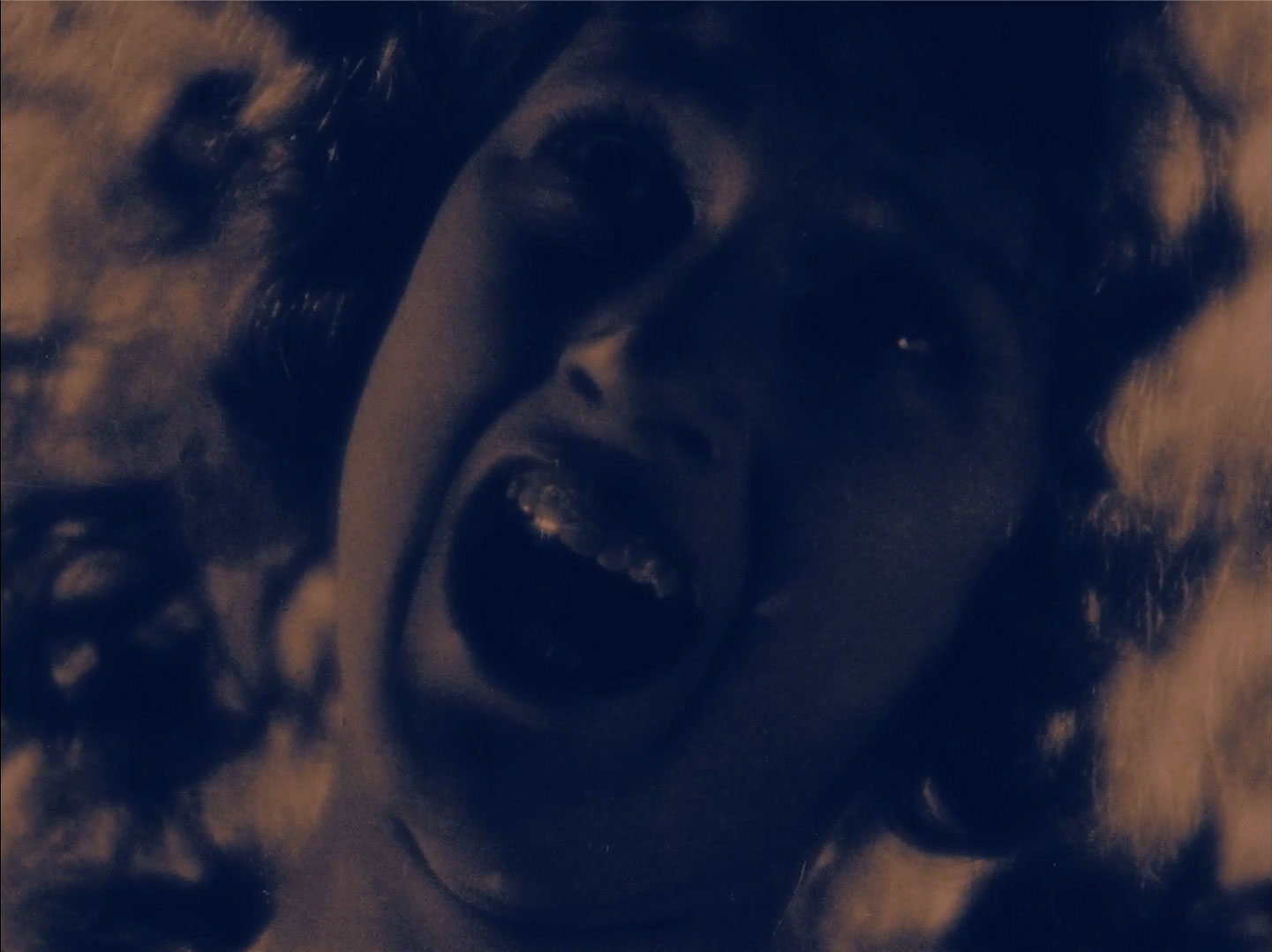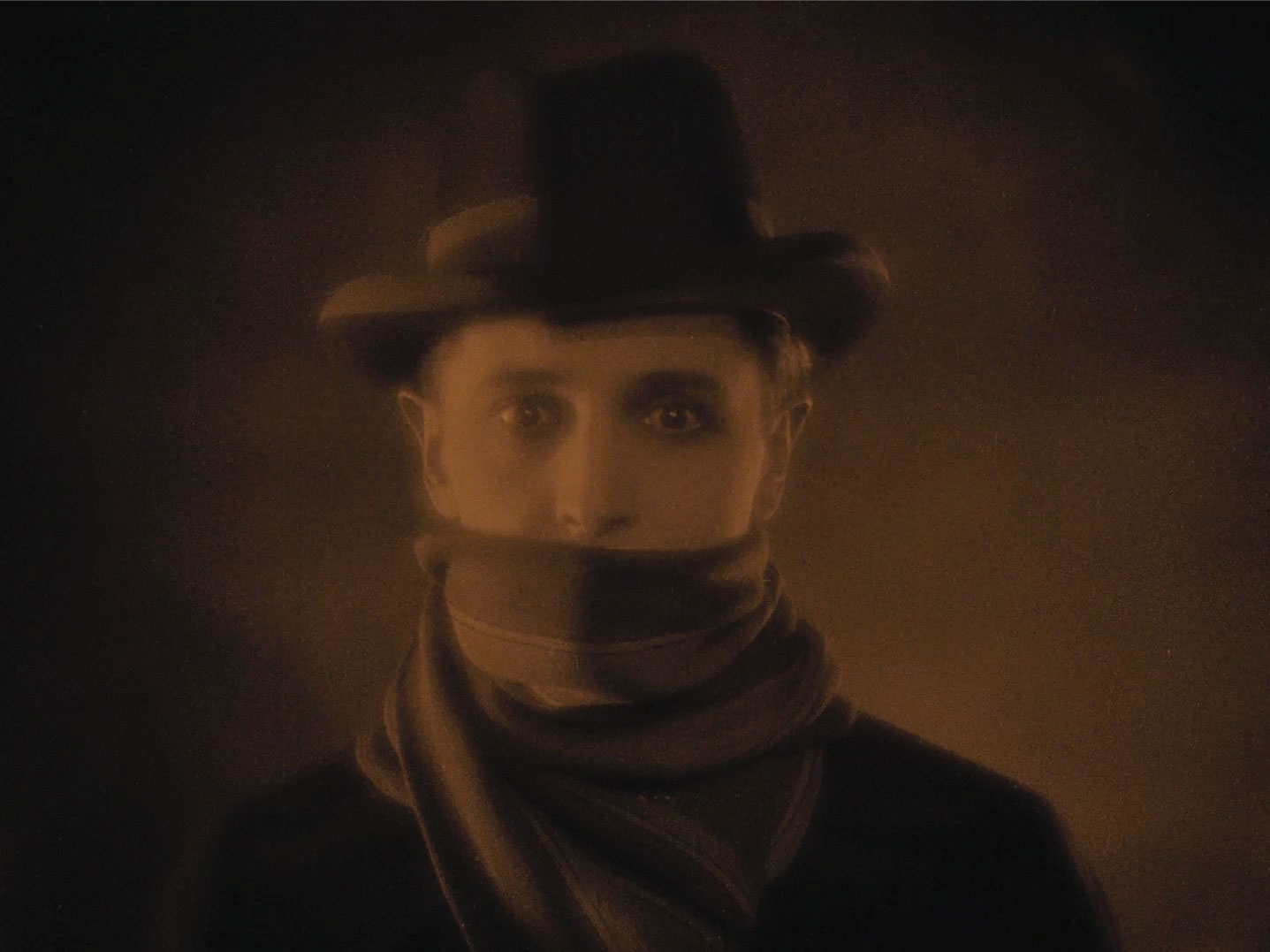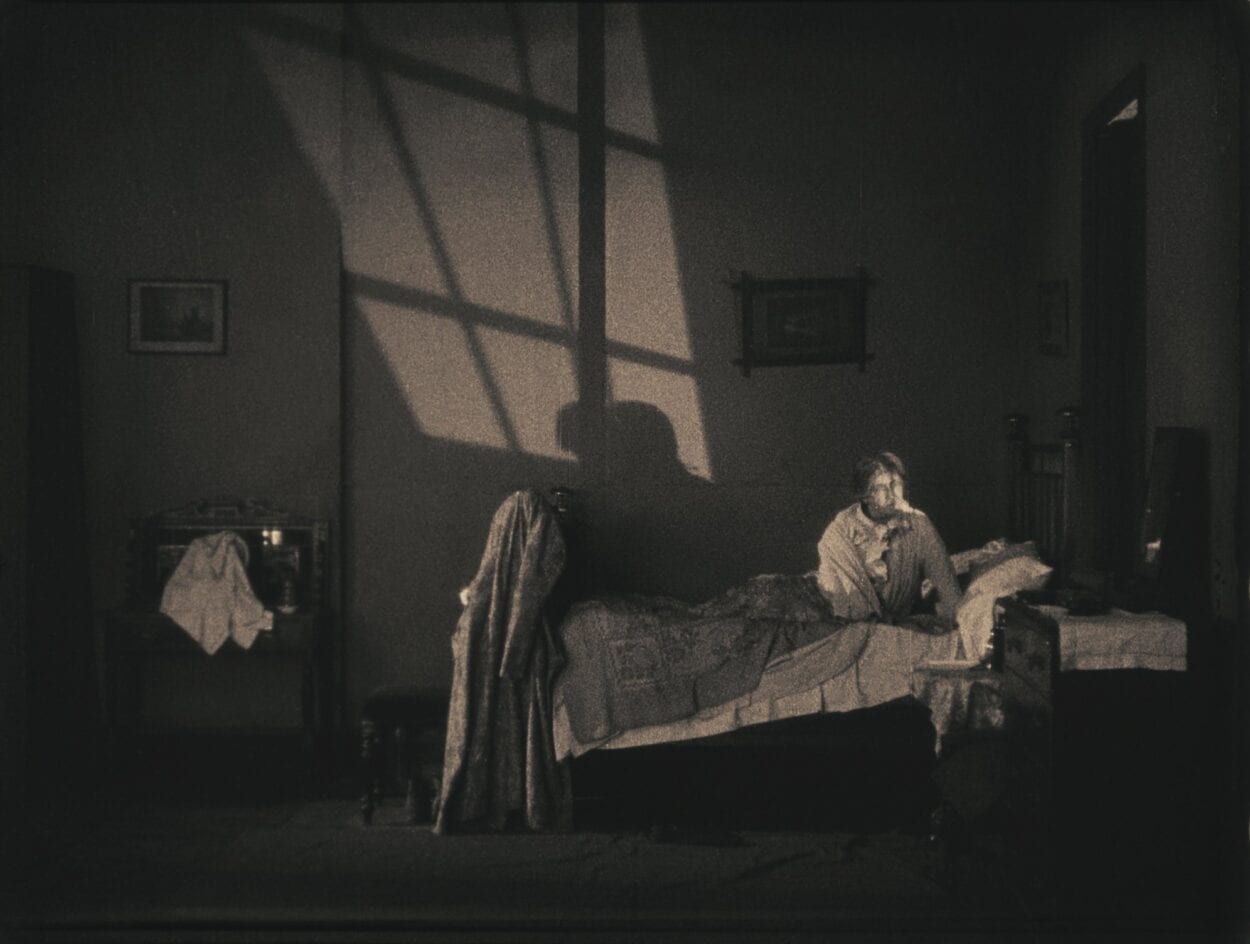Starring: Ivor Novello, June Tripp, Malcolm Keen and Maria Ault
Written by: Eliot Stannard
Based on a Novel by: Marie Belloc Lowndes
Directed by: Alfred Hitchcock
Rated: Not Rated
Running Time: 1hr 32mins
WINNER – Faro Island Film Festival – Best Screenplay (Eliot Stannard)
NOMINEE – Faro Island Film Festival: Most Popular Film and Best Film
Alfred Hitchcock once told François Truffaut, “The silent pictures were the purest form of cinema.”
Although cameo appearances in his own films became one of Alfred Hitchcock’s trademarks, he always insisted that this, his first recognizable cameo (seen from behind as a newspaper telephone operator), was done to keep the film on schedule. When the actor hired to play the operator failed to show up for shooting, Hitchcock stepped in to avoid a costly production delay. IMDB

When most people think of Alfred Hitchcock, it’s movies like PSYCHO, VERTIGO, REAR WINDOW and NORTH BY NORTHWEST that come to mind. Many viewers seem to have forgotten his silent films of the 1920s, of which he made nine. THE LODGER: A STORY OF THE LONDON FOG is one of these films and what a magnificent film it is. The project that Hitchcock himself called, “…the first true Hitchcock picture” proves that even early in his career, he had a real gift as a filmmaker. A first-class thriller, THE LODGER is a masterclass in the kind of suspenseful storytelling that he would later become famous for making.
Writer Eliot Stannard adapted author Marie Belloc Lowndes’s book, which was inspired by the infamous Jack the Ripper murders. According to IMDB, “The book is supposedly based on an anecdote told to the painter Walter Sickert by his landlady when renting a room. She said that the previous tenant had been Jack the Ripper.” In THE LODGER, a killer is on the loose, murdering young blond women and putting a city on edge. The police have very little to go on – an eyewitness account of a man whose face was partially covered by a scarf and a piece of paper left at each crime scene with the words The Avenger written on it. When a landlady rents a room to a mysterious stranger, played by a young matinee idol of the time, Ivor Novello, she begins to suspect that he is the killer.

Hitchcock once told filmmaker François Truffaut that THE LODGER was “…the first time I exercised my style.” Everything looks amazing, as he obviously took some of his inspiration from German expressionist filmmakers like Fritz Lang and F.W. Murnau. Cinematographer Gaetano di Ventimiglia uses shadows in a way that can sometimes give the movie an effectively creepy and scary tone. The opening shot, a simple closeup of a woman screaming, is lit to look incredibly frightening and may be one of my favorite shots in all of cinema history. Hitchcock also utilizes some really creative techniques in order to get his ideas across. One particular scene uses a glass floor to portray the sound of the Lodger pacing in the room above some other characters. It works in a truly amazing way to effectively represent the sound of the pacing in a medium of silent films where sound effects are not present.
The film is an interesting early take on an idea that we have seen in so many movies and TV shows since. It wants to explore not only the other character’s premature judgment of the Lodger as the bad guy but also sets scenarios up so that the audience will make their own judgments as well. The viewer will be effectively drawn into the mystery within the story as pieces of the puzzle give us a certain meaning that may or may not be misleading. As a storyteller, Hitchcock’s original intent was to leave the film open-ended, where the audience wouldn’t know if the Lodger was guilty, forcing them to pass their own ultimate judgment while leaving the theater. In the final product, though, conclusions are made and not in the way you might predict.

The most intriguing part of the film comes from the way that Hitchcock effectively plays with the presentation of the Lodger himself. The cinematography, at times, creates the perfect aura around the character and his introduction as the Landlady opens the door to her home is both creepy and unexpected. He is dressed in a scarf that covers the bottom portion of his face and Novello’s eyes look up and straight ahead, conveying both mystery and intimidation, immediately screaming (pun intended) this man is guilty. But is he? We are shown a man who, upon entering his room, must immediately turn the pictures of blond women around because they make him feel uncomfortable (He tells the Landlady, “…they got on my nerves.”), as well as locking up his bag for privacy. But, this is a story that can go either way and the viewer must actively guess where they think the Lodger stands because Hitchcock also does a great job of allowing the character the opportunity to show his other side in the way that the story sets up a romance with the Landlady’s daughter, Daisy (June Tripp).

As good as it is, the film takes a large leap forward as a reveal regarding the Lodger’s true intentions is uncovered and we enter the movie’s final act. Revelations are introduced and a mob mentality is amped up creating an exciting final twenty minutes that will keep the viewer on the edge of their seat.
Hitchcock would go on to perfect his craft in the coming years delivering some of the most beloved and suspenseful films of his generation while also influencing a lot of filmmakers that would come after him. While watching THE LODGER, it’s interesting to witness the early work of a man who became a master storyteller. With this movie, viewers get to experience Hitchock’s work from a time when he was still honing his skills. Although it may not be Hitchcock’s first film, it definitely represents the birth of the moviemaker that Alfred Hitchcock became and we grew to love.
Watch THE LODGER
You May Also Like
